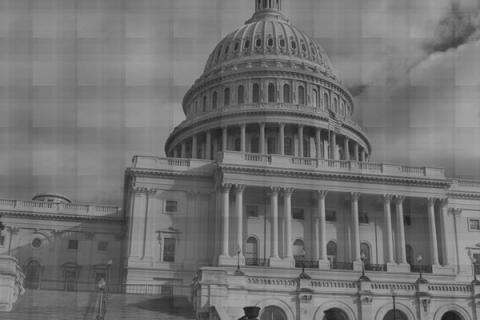While the terms are often used interchangeably, not all independent voters are swing voters, and not all swing voters are independents. Senior Columnist Alan I. Abramowitz, with Sabato's Crystal Ball, delves deeper into the subject as campaigns search for the elusive swing voter. Abramowitz examines polling data from 2008 to explain:
Only 61% of independent voters were extremely or very sure about their choice compared with 81% of partisan voters. However, despite their lower level of subjective certainty, independent voters were only slightly less stable in their candidate preferences between June and November than party identifiers: 11% of independents switched sides, compared with 7% of partisans. Fully 89% of independents maintained the same candidate preference over this five month period, including 90% of independents who leaned toward a party and 88% of “pure independents” who expressed no party preference whatsoever. Based on these results, the popular image of independents as unstable voters moving back and forth between candidates in response to news stories and campaign events is a major distortion of reality.
While many assume independent voters acts as a homogeneous block, there are many different kinds of independents falling all over the political spectrum. It is accurate to say there are at once independents with strong, set political values, as well as those more open to persuasion. It is the latter group, who qualify as swing voters. Even partisans can be swing voters if they are undecided and willing to cross party lines. In this case, those partisans also have a bit of an independent streak while retaining their party affiliation.
